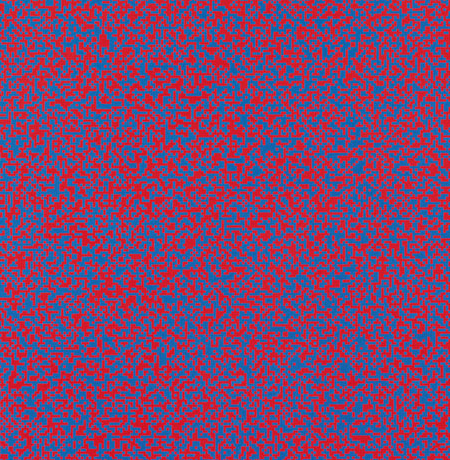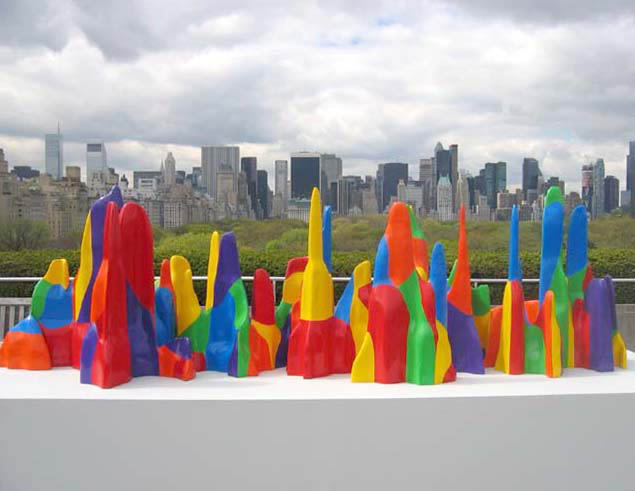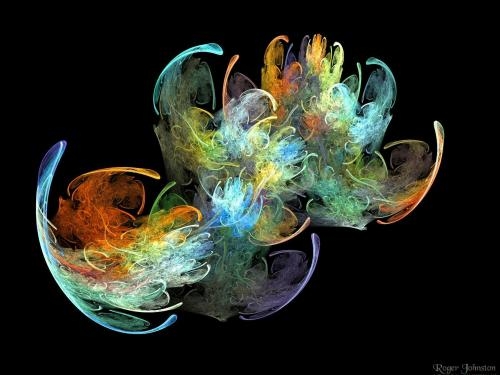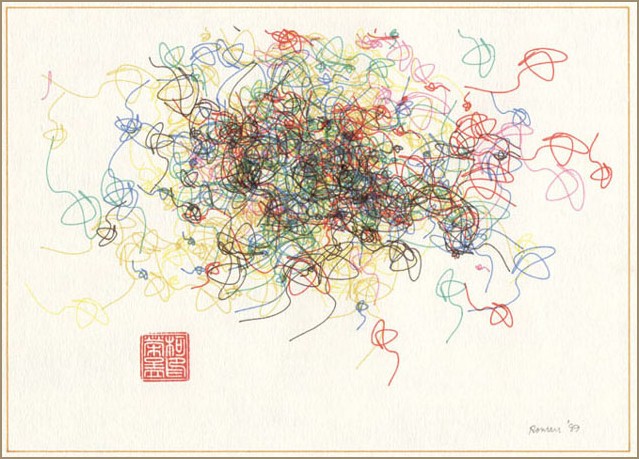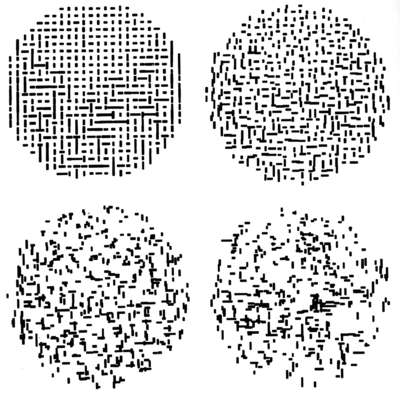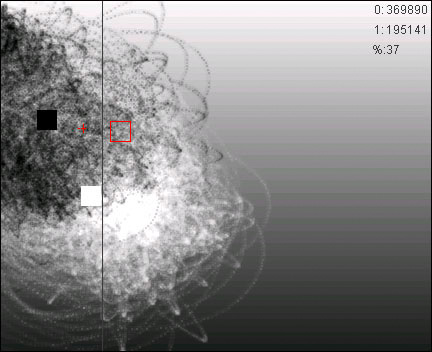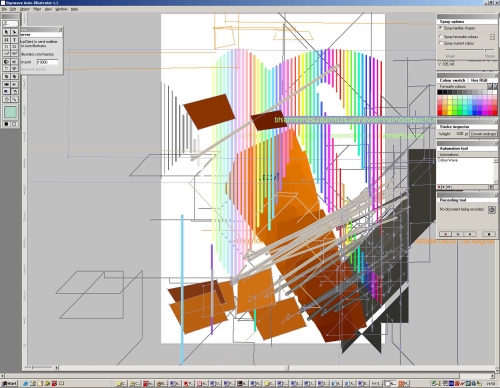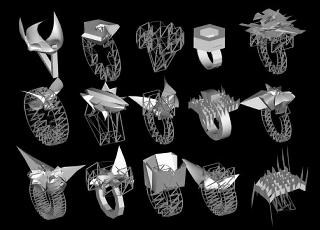|
Lecture:
Unfortunately I did miss the last lecture due to being on air on 3RRR for a Radio 1 assignment, so I included my reflection from the experience:
I really enjoyed the demo experience, I think mainly because I wasn’t on air so didn’t need to worry about nerves! Kim and I were given shared roles of online producers and contributing producers for the demo, so there wasn’t a lot we needed to do for this demo. I enjoyed having last semester’s package piece played because I really loved the finished product at the time, so listening with fresh ears was an interesting experience: certain things I didn’t pick up on back then I noticed this time, and cute memz of making the piece all came flooding back 
Constance and Michelle both sounded somewhat nervous in this demo, which showed just how important doing the demo was in order to get over nerves and work up confidence for the live to air program.
I loved the music on the demo, and big props go to Maddy for organising this. Of all of the feedback we have had, the 3RRR appropriateness of the music has been a strong point, and that comes down to Maddy’s research (and her own groovin’ music collection). Alois did an amazing job on the panel, with only minor issues that again come down to practice and experience. One concern of the demo however was that the music doesn’t fade between tracks and/or has no linking or sting, so at times felt a bit disjointed and jarring, which we will definitely work on for the live show. I think the show would also benefit from playing out the tracks when back-announcing (as in saying what the song is as the song fades down in the last 10 seconds). The ‘stop-start’ nature of the show seems a bit awkward and slightly disjointed.
The throws to songs and pre-recorded packages had a bit of an air of wrapping up, which again I think came down to presenter nerves and lack of experience, so they can only get better and more natural sounding. At this stage in their careers, our presenters don’t have a very strong presence on air, which is hard to learn and portray well – I guess this is the downside to having a show mainly music driven as opposed to personality driven in commercial radio.
We included some conversation and presenter opinions, and I’ll admit I did suggest a couple of notes to discuss, mainly just to fill in the time. We learnt that this may not be the best use of time and wasn’t 3RRR appropriate, but I think the interviews will fill in the time more adequately and appropriately.
|



